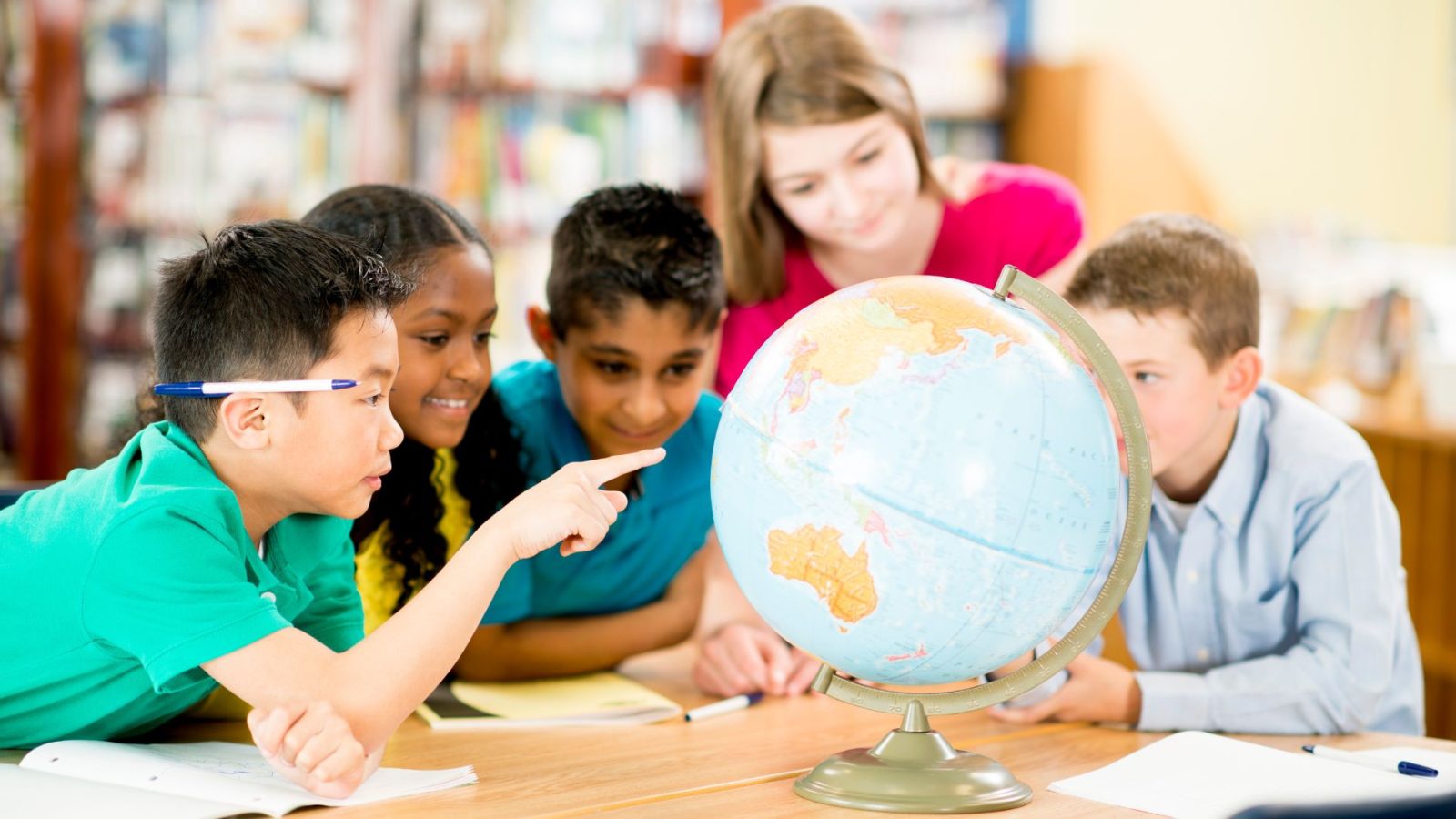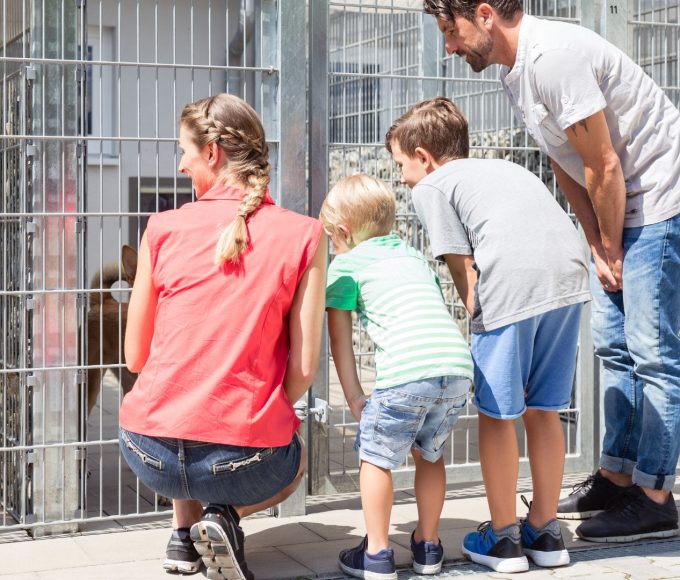Kids are naturally curious. Sometimes it’s about bugs under a rock, sometimes it’s about why spaghetti isn’t considered a finger food. That same curiosity is the key to helping them understand a world that’s bigger than their neighborhood and school. The good news is you don’t need to book an international flight to raise globally-minded children. With a little creativity, you can bring the world to them. Here are five ways to help kids develop a global perspective at home.
1. Explore World Maps Together
Start by showing your kids just how beautifully varied the world is. Hang a map up or place a globe in the playroom. Ask questions like “Where do penguins live?” or “Which countries speak Spanish?” Allow their questions and answers to lead the conversation.
To make this a daily habit, try picking a new country each week to “visit.” Uncover facts, view the country’s flag, and learn about the dishes people eat there. It’s a subtle way to build geography skills without filling out a worksheet.
2. Make Mealtime Multicultural
Let dinner do the teaching. Choose one night a week to explore dishes from different cultures—think yakisoba, tagine, or arepas. Simple swaps, like trying naan with curry instead of rolls with soup, can spark new conversations.
Kids may not love every bite (spoiler: they won’t), but trying new foods helps them become more adventurous and develop a taste for numerous flavors. Pair each meal with a map check-in or a fun fact, like how certain spices made their way across continents.
3. Watch Foreign Films or Shows
Screen time isn’t the enemy; it’s a tool. Look for age-appropriate international films, animations, or documentaries that show life through a different lens. Subtitles benefit with reading; accents support listening; stories help with everything.
Foreign content provides kids with access to cultures, languages, and humor that may not always align with their own. And sometimes, seeing how others live—even in a cartoon—can shift their worldview more than a textbook ever could.
4. Talk About Beliefs and Values
You don’t need a degree in theology to talk to your kids about what people believe. Kids are full of “why” questions—why some people fast, why others wear certain clothing, or why holidays mean different things to different families.
That’s where gentle, age-appropriate conversations help. In fact, many parents find that learning about religion can expand worldviews by simply explaining how people express meaning and relate to one another. It’s less about agreement and more about understanding.
5. Model Curiosity Every Day
The most powerful lessons aren’t taught; they’re observed. When kids see you ask questions, try new things, or admit what you don’t know, they learn that curiosity is a mindset. This skill starts at home.
The next time your child asks about a language, a type of food, or a place they saw in a book, lean in with them. These strategies will help kids develop a global perspective at home.
Recommended reading: Fun Educational Activities for Kids and Parents This Weekend















